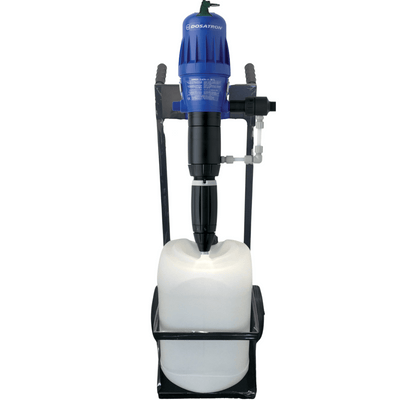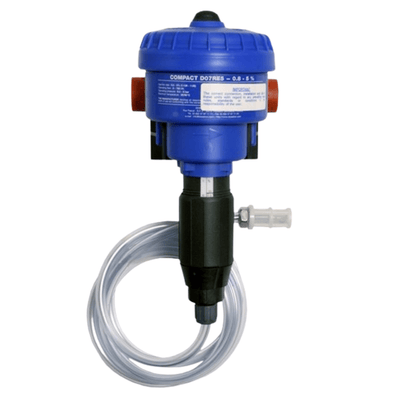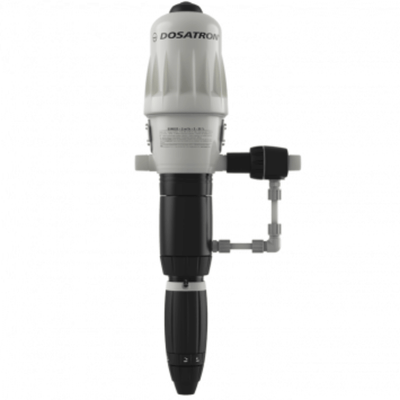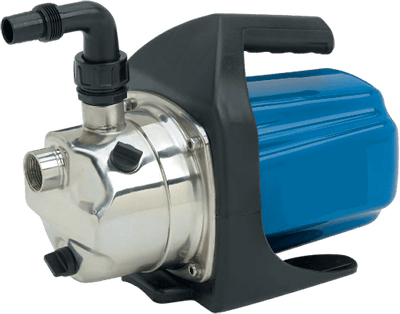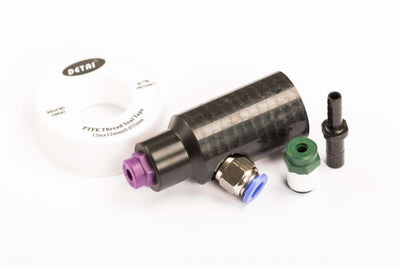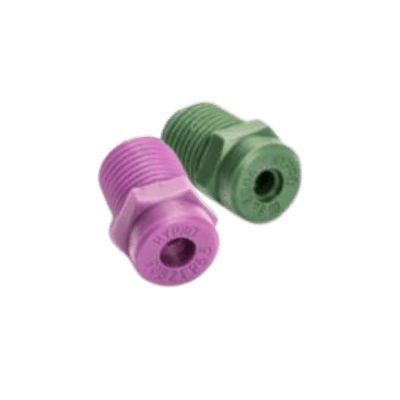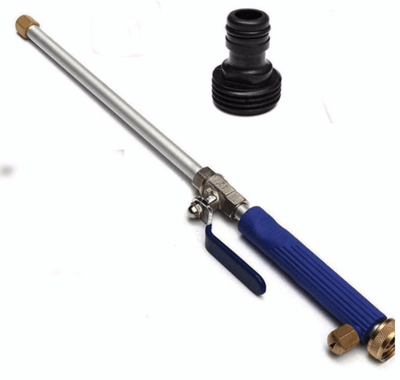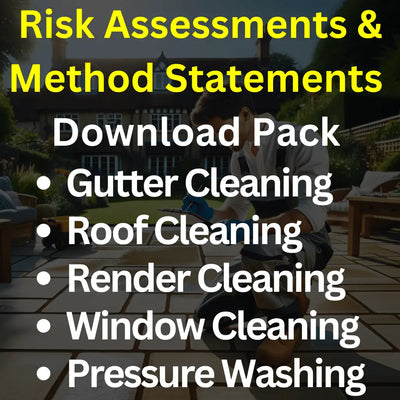Choosing the Perfect Surfactant for Soft Washing: Enhance Your Cleaning Projects 🌟

Explore how picking the right surfactant can improve your soft washing efficiency and end results. Delving into different types, their uses, and benefits.
Understanding Soft Washing and Surfactants
Before diving into surfactants, let's start with some basics. Soft washing is a cleaning technique that uses low pressure and specialized solutions to safely remove mildew, bacteria, algae, and other organic stains from roofs and other building exteriors. The inclusion of surfactants, which are surface-active agents, is crucial as they help break down dirt and grime, ensuring a comprehensive clean.
For a deeper understanding of what surfactants are, explore our detailed guide.
Why Surfactants are Essential in Soft Washing 🧼
Surfactants lower the surface tension of water, which helps the cleaning solution adhere better to surfaces. This improved adhesion allows the cleaning agents to penetrate the dirt, mildew, or algae at a molecular level. Clever Wash Surfactant is an example of an effective product that enhances soft washing solutions by increasing their potency and contact time with contaminants.
Different Types of Surfactants and Their Uses
- Anionic Surfactants: Known for excellent cleaning capabilities, these surfactants are effective in cutting through grease and oils. Suitable for roofs and heavily soiled surfaces.
- Nonionic Surfactants: Gentle and effective, making them ideal for use on sensitive surfaces like painted walls or delicate stone. They do not carry a charge and hence work well with varied cleaning agents.
- Cationic Surfactants: Primarily used to sanitize and condition surfaces. They are more common in industrial applications due to their stronger properties.
- Amphoteric Surfactants: Versatile and adaptable, these can act both anionic and cationic depending on the pH levels. Perfect for handling unpredictable cleaning tasks.
How to Choose the Right Surfactant for Your Project 🔍
When selecting a surfactant, consider the surface you're cleaning and the type of dirt you're dealing with. For instance, cleaning oil stains from driveways might require something like the Grenade Driveway Oil Stain Remover.
If you're unsure where to start, listening to our podcast on the best equipment for soft washing might give you valuable insights on how surfactants work in tandem with other cleaning components and equipment.
Benefits of the Right Surfactant Selection
By tailoring your surfactant choice to the specific cleaning environment and task, you can achieve:
- More effective cleaning with less physical effort.
- Reduced risk of damaging surfaces with abrasive techniques.
- Improved safety for both the operator and the environment due to biodegradable options.
Steps Towards Mastering Soft Washing Techniques 🛠️
To get the most out of soft washing, consider following a structured approach:
- Understand your project requirements thoroughly.
- Study the characteristics of different surfactants.
- Listen to relevant expertise, such as the guide to making a soft wash mix, which provides in-depth insights on optimal surfactant use.
- Participate in training programs like the Soft Wash Training Course to sharpen your skills and knowledge.
Conclusion and Next Steps
Choosing the correct surfactant is more than just a solution; it’s an art of balancing chemical properties with your cleaning needs for optimal results. As we have seen, different surfactants offer varying benefits, so understanding your cleaning surface and objectives allows for the best match.
Visit SoftWash UK for comprehensive product options and expert advice to master the art of soft washing. Make your next cleaning project not only effective but also efficient and environmentally responsible.



























